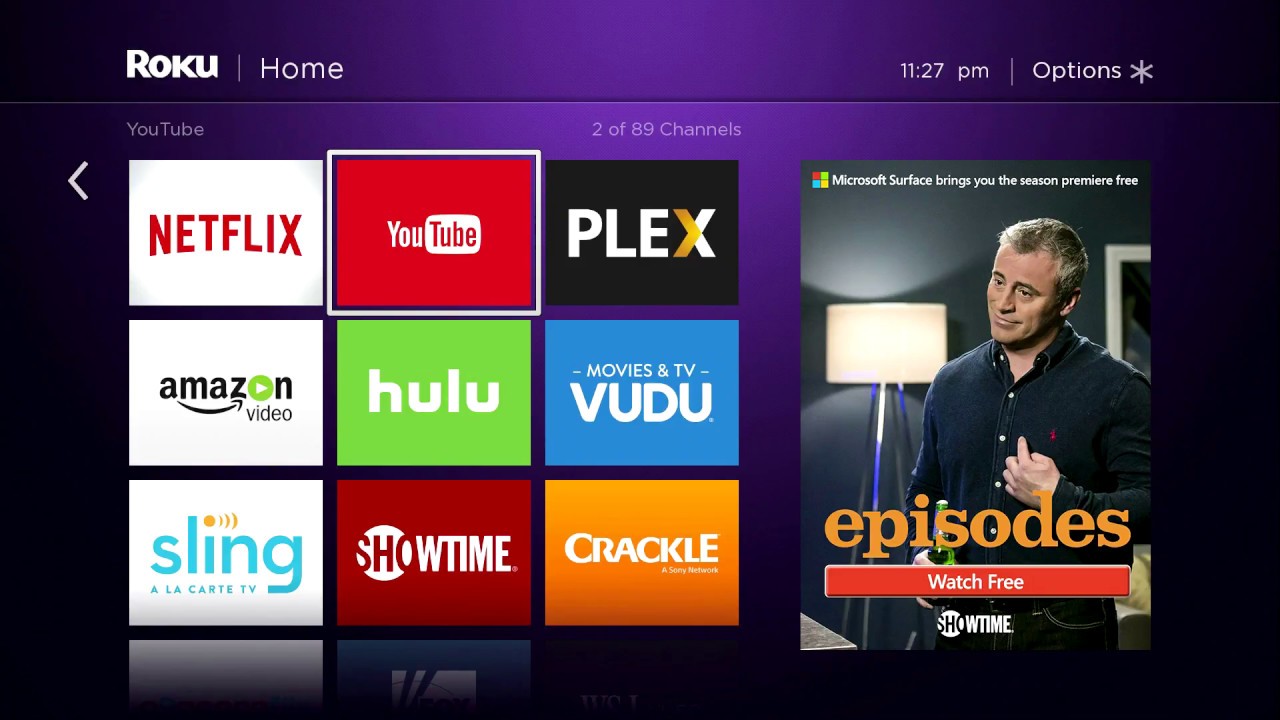YouTube-Roku Squabble Shines a Light on Dynamic Ad Insertion
Dust-up points to power of personalization

The negotiations around whether YouTube will remain on the Roku platform offer a great lesson. Both sides are posturing and blaming the other for the breakdown in decision-making. Roku has spent a lot of time and money building a platform that boasts more than 53 million subscribers. YouTube is a powerhouse that has both the eyeballs and powerful Google search algorithms to back up the popular service.
The real news for TV service providers is how this spat highlights the growing popularity of free and freemium models. It also points to the value of personalized ads and their growing importance in the world of TV advertising. These ads are specifically tailored for an individual and based on what we know about their viewing habits. YouTube has always used this model to drive higher CPMs. Roku also started off this way and has never been tied to the one-to-many broadcast advertising model. Traditional TV will need to figure this out or risk being skewered by viewers looking for more relevance in the 20 minutes of ads they’re forced to watch during an hour of their favorite shows.

I could rattle off a ton of stats that point to the power of personalization but to save time and word count, here are just two. Accenture reports that 83% of consumers are willing to share their data to create a more personalized experience. And 90% of consumers are willing to share personal behavioral data for a cheaper and easier experience, according to SmarterHQ. The net here is that while we may not love the thought of ads invading our world, personalization can make them less irritating — and for some, dare I say, enjoyable.
As the roughly $70 billion per year in U.S. broadcast ad spending moves to streaming and gets spread out over more and more content sources, new distribution and revenue models are needed. Digital ad markets don’t have the limitations of traditional broadcast advertising, where programs act as proxies for targeted demographic segments. Now the focus is on the user and ads are focused on views.
Any time any person views any content on any device anywhere, it creates a personalized ad opportunity. Even niche content can generate meaningful revenue, since advertisers can target potential buyers directly rather than using content audience type as a surrogate. Dynamic ad insertion (DAI) brings advertisers, content owners, operators and consumers together in a win-win-win-win group hug.
Offsetting Program Costs
It’s not just free or freemium services that benefit. YouTube TV started at a cost of $35 per month. They hiked it to $40 with the addition of the Turner networks. Then it went up to $50 and most recently, $65. The service keeps adding more and more content while being pressured to keep its subscription rates low. Even Google, the inventor of digital advertising business models, can’t ignore the rising cost of content. The easiest way to offset cost is to get a higher price per impression, and you do that through personalization.
Any time any person views any content on any device anywhere, it creates a personalized ad opportunity."
Matt Cuson
Broadband and mobile service providers see video as a way to make their service stickier and drive revenue. By moving to a hosted managed cloud service, they eliminate the upfront investment cost and pay only for subscribers they sign up. This investment model sets up nicely for an ad subsidized free or freemium video service. Even if free means it isn’t first-tier premium content, people will still watch tier two entertainment. And providers can make money using dynamic ad insertion while gaining access to free, ad-supported content. Once a foothold is established with a free service, subscribers can then upgrade to premium packages.
As Roku and Google continue to argue over content availability and revenue splits, it behooves operators to heed the wisdom of famous movie lines like “follow the money.” Some OTT apps have shown they can win with a subscription-only model, but let’s not ignore the ad revenue potential of secondary content. While it may have a narrow niche appeal for some, there is a lot to choose from and the content owners are willing to give it away for a share of ad revenue.
Free and freemium content has become a viable and proven business model. It’s time for operators to embrace the future
Viewpoint author Matt Cuson is VP of marketing and product at Minerva Networks.
Broadcasting & Cable Newsletter
The smarter way to stay on top of broadcasting and cable industry. Sign up below
